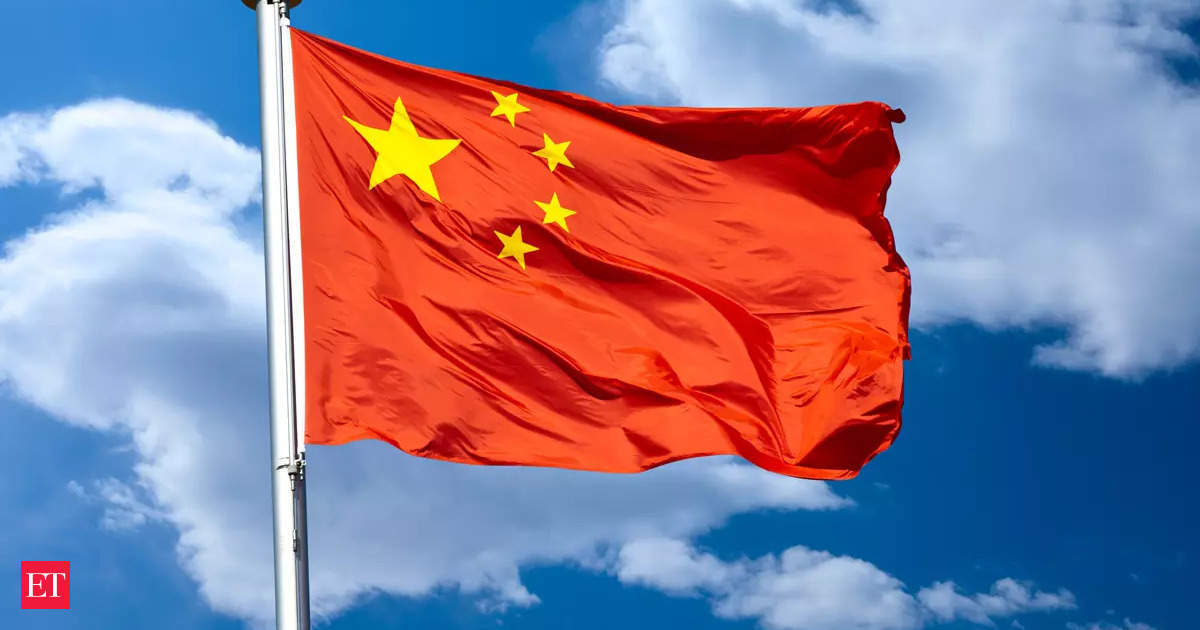Beijing has spent billions of dollars on loans for trains, roads and bridges in Africa that saddled participating governments with debts they often struggled to repay.
But experts say it is now opting for smaller loans to finance more modest development projects.
“China has adjusted its lending strategy in Africa to take advantage of PorcelainOur own internal economic problems and those of Africa debt problems into account,” said Lucas Engel, a data analyst who studies Chinese development finance at the Boston University The Global Development Policy Center said.
“This new prudence and risk aversion on the part of Chinese lenders is intended to ensure that China can continue to engage with Africa in a more resilient and sustainable way,” he told AFP.
“The large infrastructure loans that China was known for in the past have become rarer.” As African leaders gathered this week for Beijing’s largest summit since the pandemic, President Xi Jinping China has committed more than $50 billion in financing over the next three years. More than half of that amount will be in the form of credit, Xi said, while the rest will come from unspecified “various types of assistance” and $10 billion through investment incentives for Chinese companies.
Xi did not give details on how the funds would be distributed.
– Redirected loans –
China has for years pumped huge sums of money into African nations in a bid to secure access to crucial resources, while using its influence as a geopolitical tool amid ongoing tensions with the West.
But while Beijing praises its generosity toward the continent, data shows that China’s funding has declined sharply in recent years.
Chinese lenders provided a total of $4.6 billion to eight African countries and two regional financial institutions last year, according to research by Boston University.
The key change concerns who receives the funds: more than half of the total amount went to multilateral or nationally owned banks, compared with just five percent between 2000 and 2022.
And while last year’s lending to Africa was the highest since 2019, it was less than a quarter of what was disbursed at the peak of nearly $29 billion eight years ago.
“Redirecting lending to African multilateral borrowers allows Chinese lenders to engage with entities with high credit ratings, not individual sovereign borrowers in distress,” Engel said.
“These loans go to private borrowers in crisis-affected African countries where African multilateral banks operate.”
– Modest approach –
China coordinates much of its overseas lending under the Belt and Road Initiative (BRI), the massive infrastructure project that is a central pillar of Xi’s bid to expand his country’s influence abroad.
The BRI made headlines for backing large-scale projects in Africa with opaque financing and questionable impacts.
But China has been changing its approach in recent years, analysts said.
He has funneled more and more money into smaller projects, from a modest-sized solar farm in Burkina Faso to a hydroelectric project in Madagascar and broadband infrastructure in Angola, according to researchers at Boston University.
“The increased volume of loans indicates the continued importance of Africa to China, but the type of loans being given are intended to let Africans know that China has African concerns in mind,” Engel told AFP.
This does not mean Beijing is “permanently reducing its investments and provision of development finance for the continent,” said Zainab Usman, director of the Africa Program at the U.S.-based Carnegie Endowment for International Peace.
“Development finance flows, especially loans, are starting to recover,” he said.
– There are no ‘debt traps’ –
African leaders have this week sealed deals with China across a range of sectors, including infrastructure, agriculture, mining and energy.
Western critics accuse China of using the BRI to entangle developing countries in unsustainable debt to exert diplomatic influence over them or even seize their assets.
A chorus of African leaders – as well as research by leading global think tanks such as London’s Chatham House – have refuted the “debt trap” theory.
“I don’t necessarily believe in the idea that when China invests it does so with the intention of… ensuring that those countries end up in a debt trap,” South African President Cyril Ramaphosa said Thursday in Beijing.
One analyst agreed, saying that for many Africans, China has “become synonymous” with life-changing roads, bridges and ports and that the debt trap argument ignores the “positive impact” Beijing has had on infrastructure development on the continent.
“The reality is that some (African) countries have struggled to meet their debt repayment commitments due to a multiplicity of factors,” said Ovigwe Eguegu, a policy analyst at consultancy Development Reimagined.
Engel, of the Boston University think tank, said the argument wrongly assumes that “China only has short-term goals in Africa.”
That, he said, “vastly underestimates (his) long-term vision… of shaping a system of global governance that is conducive to his rise.”
Disclaimer:
The information contained in this post is for general information purposes only. We make no representations or warranties of any kind, express or implied, about the completeness, accuracy, reliability, suitability or availability with respect to the website or the information, products, services, or related graphics contained on the post for any purpose.
We respect the intellectual property rights of content creators. If you are the owner of any material featured on our website and have concerns about its use, please contact us. We are committed to addressing any copyright issues promptly and will remove any material within 2 days of receiving a request from the rightful owner.

